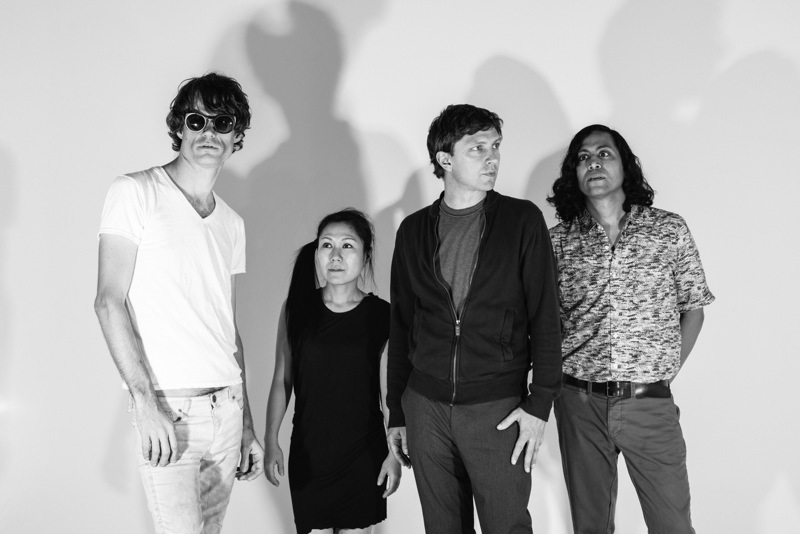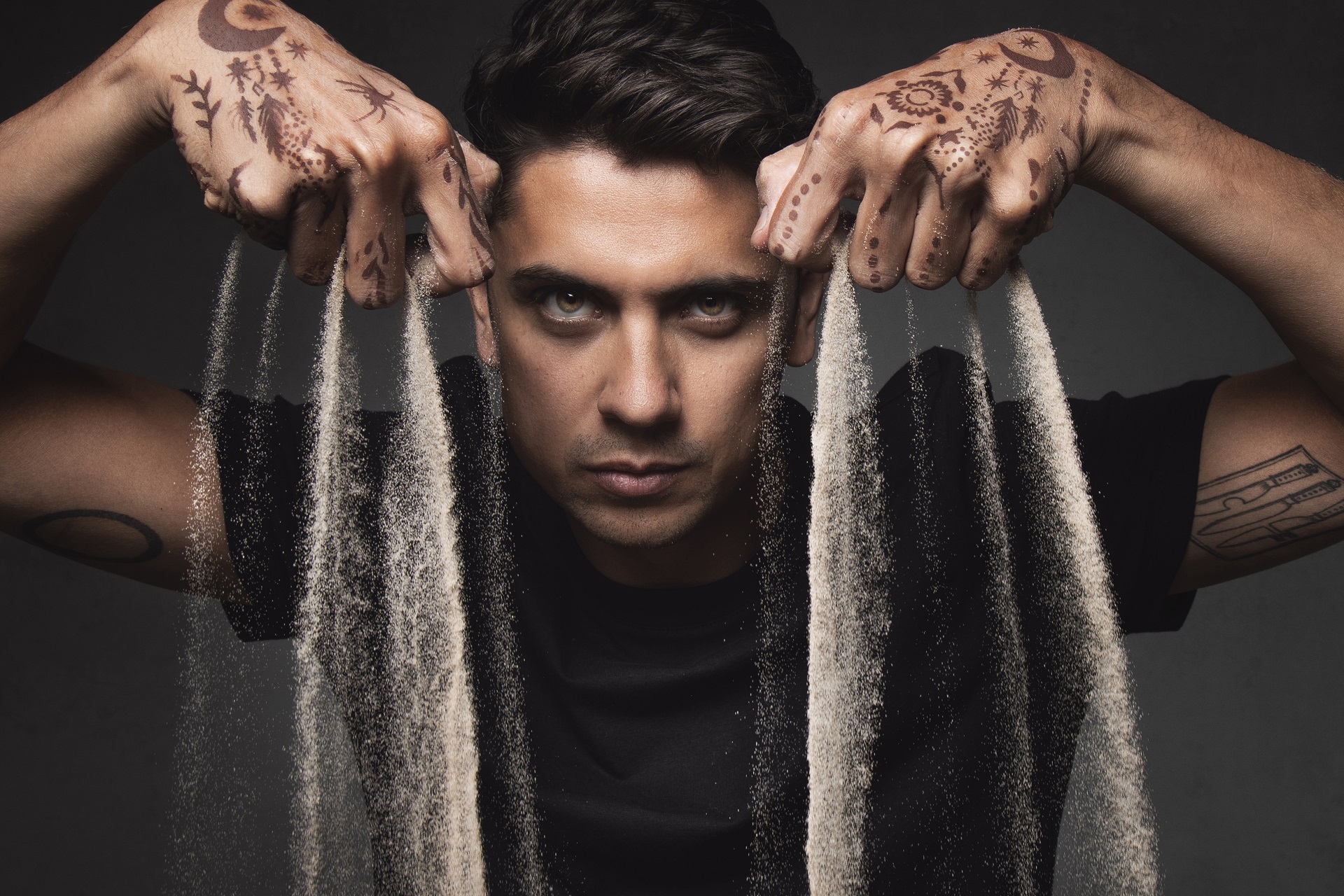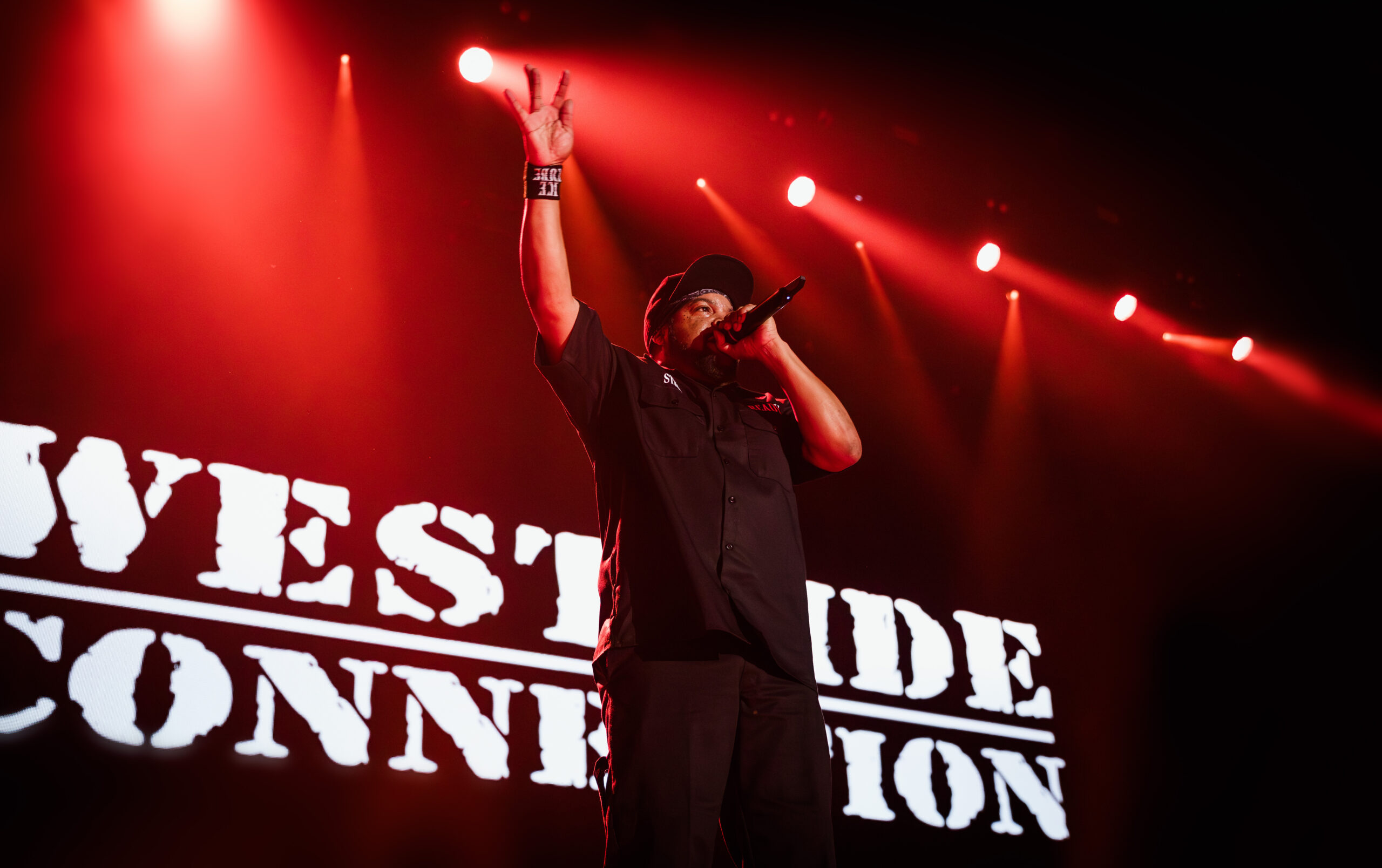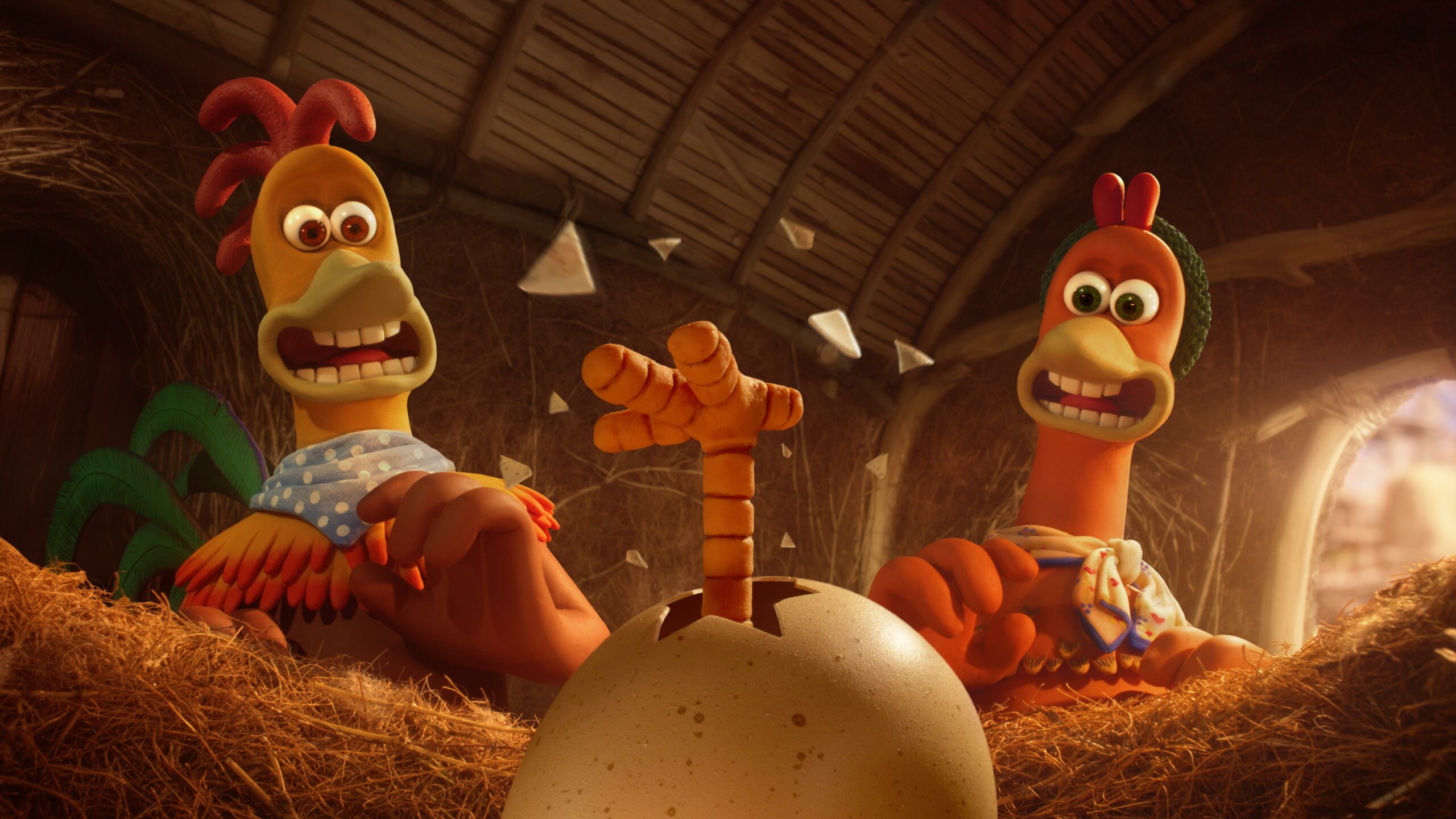Deerhoof’s idiosyncratic, unruly take on the pop genre has made them one of indie music’s most influential bands. They’re back on the road after celebrating their twentieth anniversary as a band and talk to Big Issue North ahead of a live show, 24 Aug, Gorilla, Manchester.
Deerhoof live shows seem like they could fall apart at any minute, which makes them so engaging. How do you prepare?
John Dieterich: The improvisation in our shows comes spontaneously through the interaction with the audience, the feeling at the time, and sometimes by a weird fluke. As tours develop, certain sections will develop as moments of improvisation, but that changes from tour to tour. The main thing is to remain open to things happening at any moment and responding to each other. The audience and environment really change what happens every night. Sometimes someone will start clapping, and one of us will start playing with the audience, something new will happen, and we’ll just roll with it.
Who were your musical heroes growing up and who are they now?
JD: My grandfather. He had an organ and let me have psychedelic jam-outs on it whenever we visited. He was also a first-class whistler and occasionally whistled in his father’s big band, which played the Vaudeville circuit. The music that speaks to me now is almost not music at all – music that feels more like a description of something else, like collections of words that turn into something else when next to each other. I’ve learned to love all kinds of music, but the music that speaks to me most is that which seems to give you a glimpse into something unfathomable or unknowable that can’t be simplified.
Who is your favourite lyricist?
JD: I’m a huge fan of Satomi [Deerhoof lyricist]. I think she has a really unique way of approaching the task of writing. I recently did a recording with a poet-musician named Claire Cronin, who I think is a brilliant lyricist. She conjures up incredible images but leaves plenty of space for the listener to use their imagination. It feels so much bigger because it requires you to finish the imagery she presents. That’s my favourite kind of lyric.
Each Deerhoof album has a contrasting approach. Breakup Song had electronic touches, while La Isla Bonita was stripped back to dirty basement jams. What is the idea for the next studio album? Will it be recorded with a full orchestra in an opera house?
Greg Saunier: Are you saying the jams were dirty or that Ed’s basement was dirty? We will record in an Opera House but only if it’s clean.
You’ve been going for over 20 years now. Where do you see your next 20 years taking you?
Satomi Matsuzaki: I believe in the present, and I’m enjoying it at the moment. If tomorrow happens, I will be happy with that too and I’ll still be making music. I like all our records and it’s been a fantastic journey so far. I think the fact we’re all happy with life comes across in our live shows – they have a never-ending fun feeling.
John Howes






Leave a reply
Your email address will not be published.